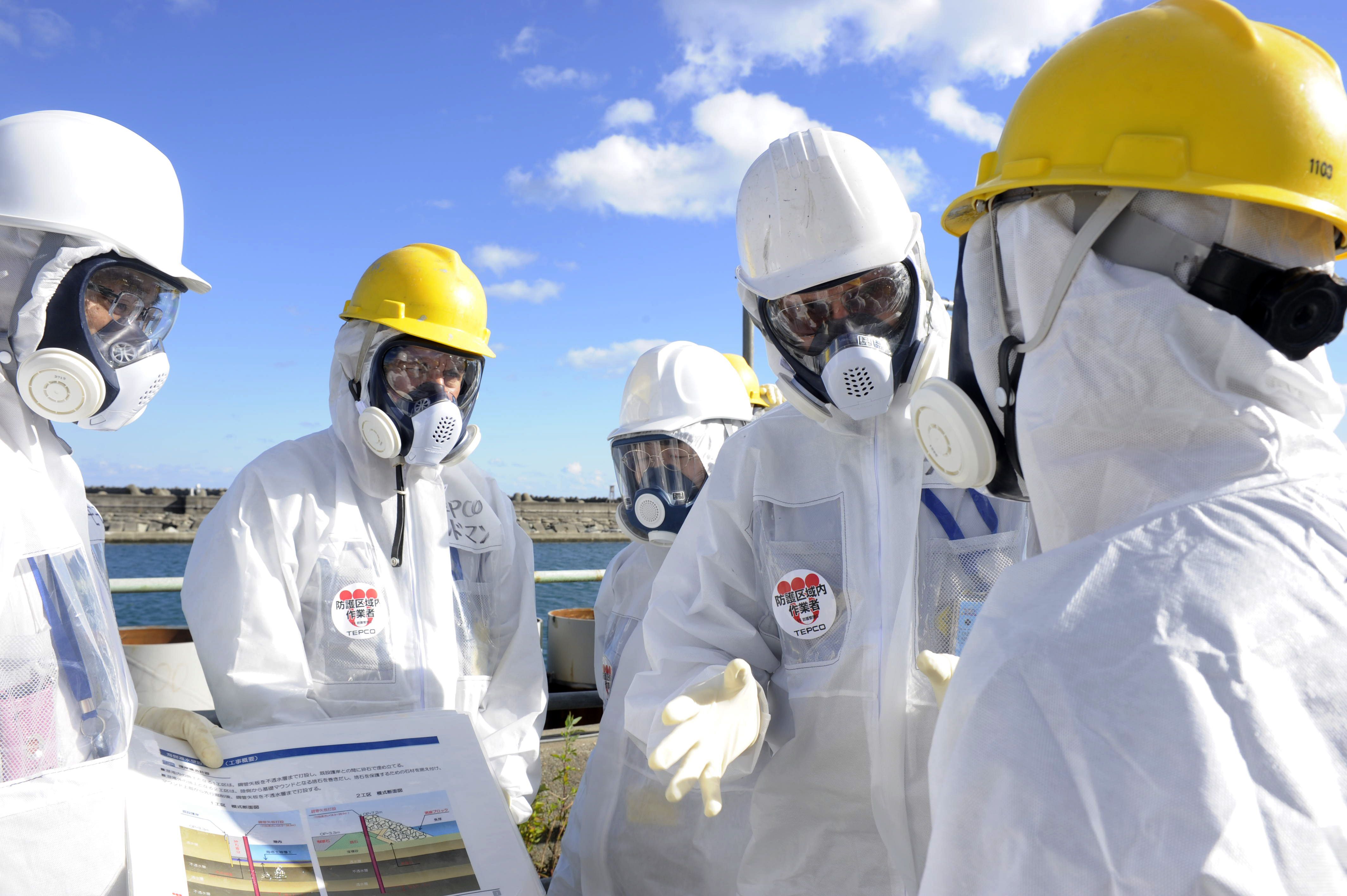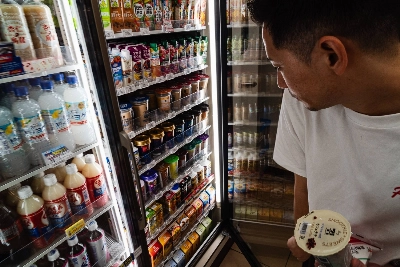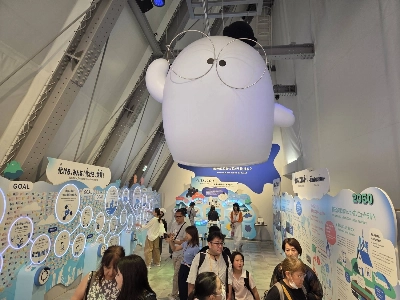More than three years since it was crippled by a megaquake, tsunami and triple core meltdown, the Fukushima No. 1 power plant is still bleeding tons of toxic radioactive water into the Pacific Ocean.
Since the crisis in 2011, the water solution that saved eastern Japan from nuclear calamity has developed into a wider problem that is stoking public concern about seafood safety and what the utility will do when the plant runs out of space for its seemingly endless lines of water tanks.
To improve the situation, Tepco has been taking steps to reduce the daily buildup of tainted water and to empty the filled trenches running beneath it.


















With your current subscription plan you can comment on stories. However, before writing your first comment, please create a display name in the Profile section of your subscriber account page.